It might feel like every software project has to be bigger than the last software project, or they're not worth doing. In reality, before Cinelerra, there were a lot of smaller software projects that just edited audio. You get to a big software project by doing smaller ones that eventually have something in common & appear to be better served if they were all combined.
We might be in a downward trend in the size of software projects people consider desirable, with mobile computing & retro computing, but the size required to get discovered is definitely growing. 20 years ago, a silly command line program on a personal web page that extracted emails from pine would have gotten thousands of downloads & been enough to start a foundation. People used to read through freshmeat.net just to discover new software projects.
Nowadays, you have to look like a corporation, employ every marketing gimmick in the latest developer conference to get discovered in an app store & forget about any personal web page getting discovered. No-one reads through an app store digest just to discover new software projects.
ATC to tablet: Something that automatically captures instructions from air traffic control on a tablet. Lions will never have enough money to fly airplanes, but based on goo tube videos, it's manely an arcane task of constantly listening to the radio for your call sign & memorizing verbal instructions they give. The more cryptic ones are the METAR readouts. It gets real crazy during landings, when ATC blasts out thousands of things & the pilots are shown writing them down, all while the airplane heads towards the ground at 300mph.
Ideally, ATC would fly planes directly instead of bothering with radio dialog, but lions are keenly aware the reason general aviation is 100 years behind modern quad copters in its level of automation is because of the number of ancient hand flown airplanes around, where the only means of remote control is relaying voice commands through a human.
Based on digital assistant valuations, it should be trivial for a computer to listen for your call sign, do something to get your attention, translate the spoken commands into drawings on a map. Despite having no flying budget, such a thing could start life as a toy program that listened to internet streams of ATC.
GRAPHER: something that polls text files & constantly updates a simple line graph with the data in the file would be useful. Graphing serial port output in line graphs has been the #1 task for lions for 15 years, but copying from a text editor to star/open/libra office is extremely tedious. It needs a way for the user to specify a range of lines in the file to constantly graph, with text values, wildcards, & by pointing & clicking on the graph. The range needs to be relative to the start or the end of the file.
An X11 program in C would take only a few hours to write, but lions would rather spend forever contemplating using web browser javascript so someone else could use it.
Big Falcon Simulator, a very high fidelity simulation of a very large rocket, with the highest quality models & sounds possible. It would accurately simulate flights or have a racing mode with knockdowns. Probably similar gameplay to Asphalt Extreme, but using flight controls. Previous simulators have horrible graphics. They especially suffer in their renderings of fire. This is the most ridiculous thing lions can imagine.
 lion mclionhead
lion mclionhead
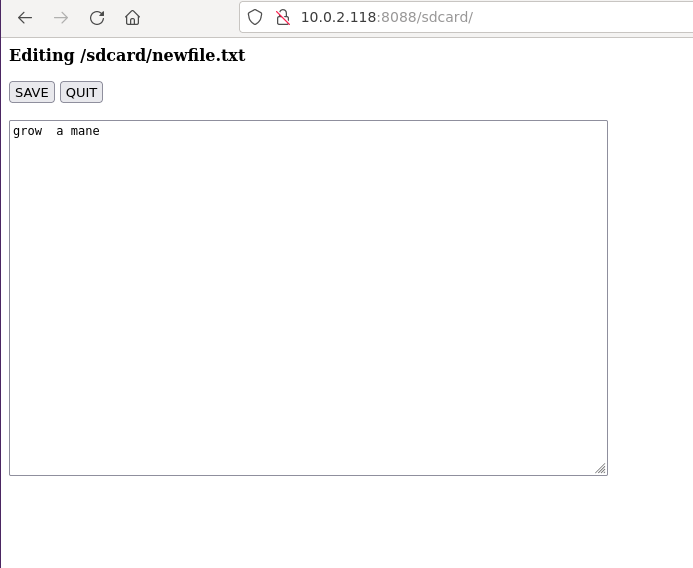

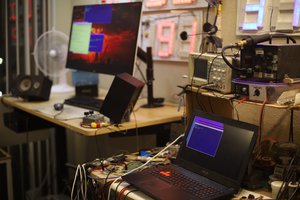
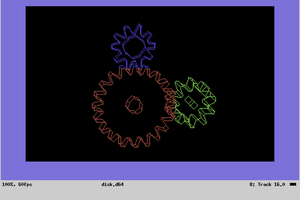
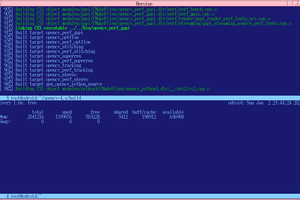
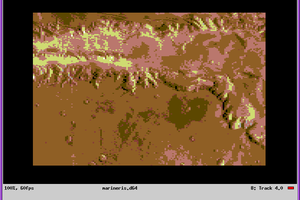
I'm using Free42, a program which is a reimplementation of the HP42S scientific calculator. It exists in both desktop and smartphone versions. Quite indispensable and small, just under 3MB on Linux.